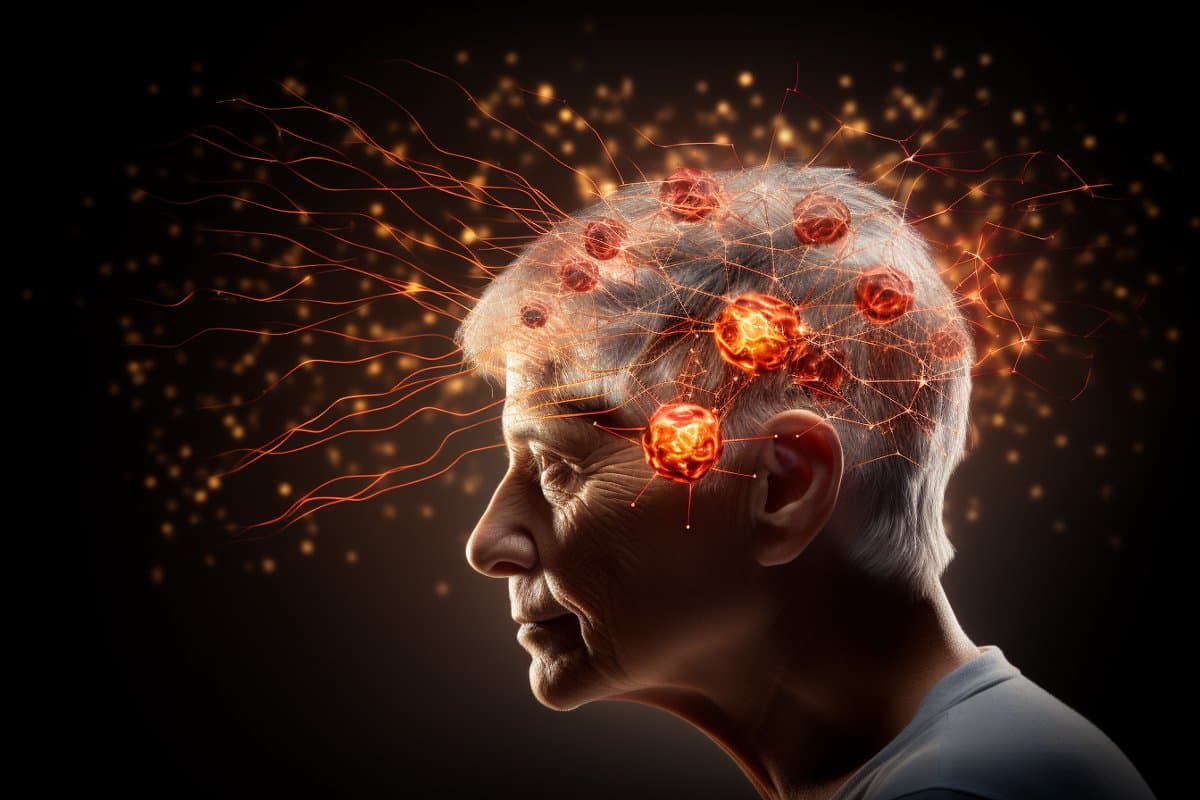Summary: A new study provides insight into the role of the protein TIMP2 in hippocampal plasticity, which is important for memory and learning. The research explores how TIMP2 regulates hippocampal plasticity, especially as it declines with age. These findings could potentially lead to novel treatments for age-related disorders such as Alzheimer’s disease.
Key Facts:
- TIMP2 is a protein that rejuvenates brain function in older animals and plays a vital role in maintaining hippocampal plasticity.
- Loss of TIMP2 leads to an accumulation of extracellular matrix components in the hippocampus, resulting in reduced plasticity, synaptic integrity, and memory.
- Researchers were able to restore impaired plasticity caused by reduced TIMP2 by directly targeting the extracellular matrix with an enzyme.
Source: Mount Sinai
A team of researchers from Mount Sinai has uncovered valuable information about the function and regulation of the hippocampus, a key brain region involved in memory and learning. The team’s findings, published in Molecular Psychiatry, shed light on the protein TIMP2, which plays a crucial role in hippocampal plasticity and declines with age in mice. This research could potentially pave the way for new insights into age-related disorders like Alzheimer’s disease and how to restore affected molecular processes in the brain.

Aging is a significant risk factor for various neurodegenerative disorders, including Alzheimer’s disease. Previous studies have shown that proteins enriched in young blood, such as TIMP2, can potentially rejuvenate brain function in older animals by impacting hippocampal plasticity. Despite this important discovery, the precise biological mechanisms by which TIMP2 regulates hippocampal plasticity at the molecular level remained unclear.
“In our latest study, we investigated the molecular link between TIMP2 and plasticity processes in the hippocampus, including the generation of new neurons in adulthood and the structural nature of the extracellular matrix,” explains Dr. Joseph Castellano, senior author of the paper and Assistant Professor of Neuroscience and Neurology at the Icahn School of Medicine at Mount Sinai.
“TIMP2 controls these processes by modulating the flexibility of the microenvironment through components of the extracellular matrix. Understanding these pathways could be crucial in developing novel therapies for diseases that affect plasticity.”
The research team used a mutant mouse model that mimics the age-related loss of TIMP2 levels in the blood and hippocampus. They also created a model that allowed them to specifically target and remove the pool of TIMP2 expressed by neurons in the hippocampus. Through various techniques such as RNA sequencing, confocal imaging, super-resolution microscopy, and behavioral studies, the researchers conducted a comprehensive molecular examination of TIMP2’s regulation of plasticity.
The findings revealed that the loss of TIMP2 leads to the accumulation of extracellular matrix components in the hippocampus, along with impaired plasticity processes, including the generation of new neurons, synaptic integrity, and memory. The extracellular matrix is a complex network of molecules that forms the structural microenvironment surrounding cells.
“By directly targeting the extracellular matrix with an enzyme delivered to the hippocampus, we were able to restore plasticity processes that were impaired due to reduced TIMP2,” notes Dr. Castellano.
This discovery has significant implications for understanding how plasticity is regulated at the structural level in memory-related brain regions. It suggests that targeting processes involving the extracellular matrix could be a promising approach for enhancing plasticity in the brain.
Dr. Castellano’s lab focuses on identifying factors that can reverse brain aging features. He plans to further investigate other molecules that regulate the extracellular matrix and is optimistic about the potential of this research in addressing a range of aging-related disorders.
Funding: The study received funding from the National Institutes of Health, National Institute on Aging (R01AG061382, RF1AG072300, T32AG049688).
About this neuroplasticity and aging research news
Author: Elizabeth Dowling
Source: Mount Sinai
Contact: Elizabeth Dowling – Mount Sinai
Image: The image is credited to Neuroscience News
Original Research: Reference

